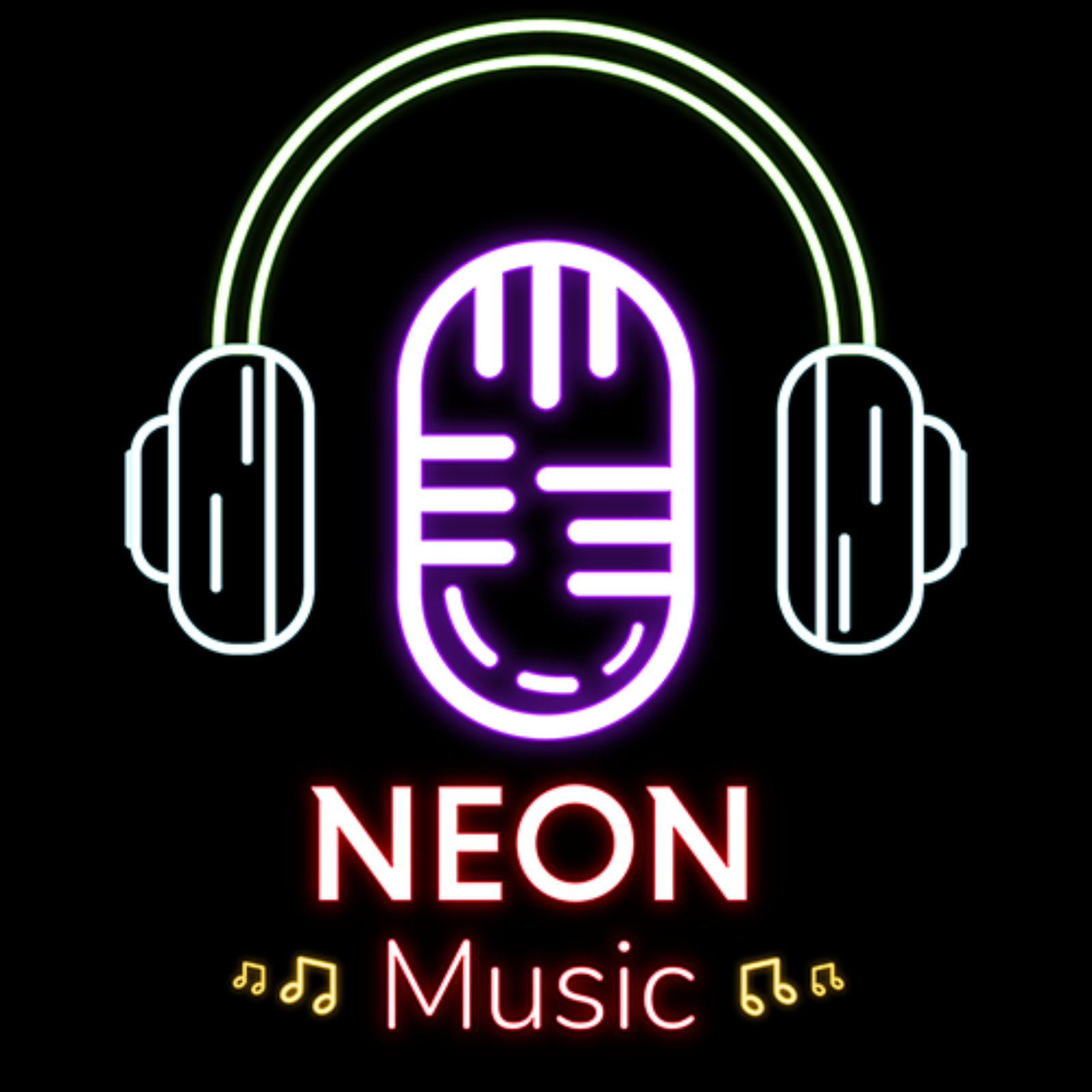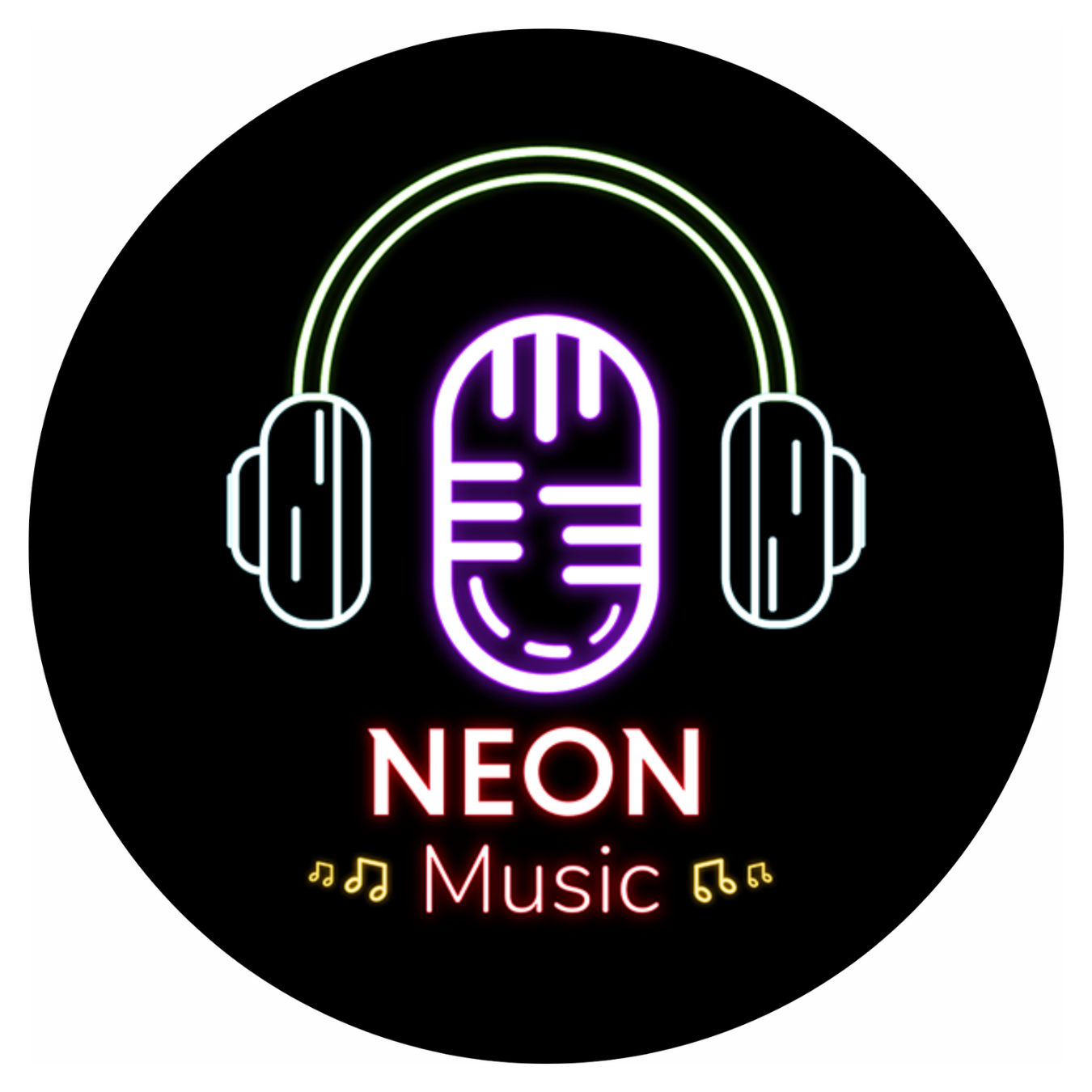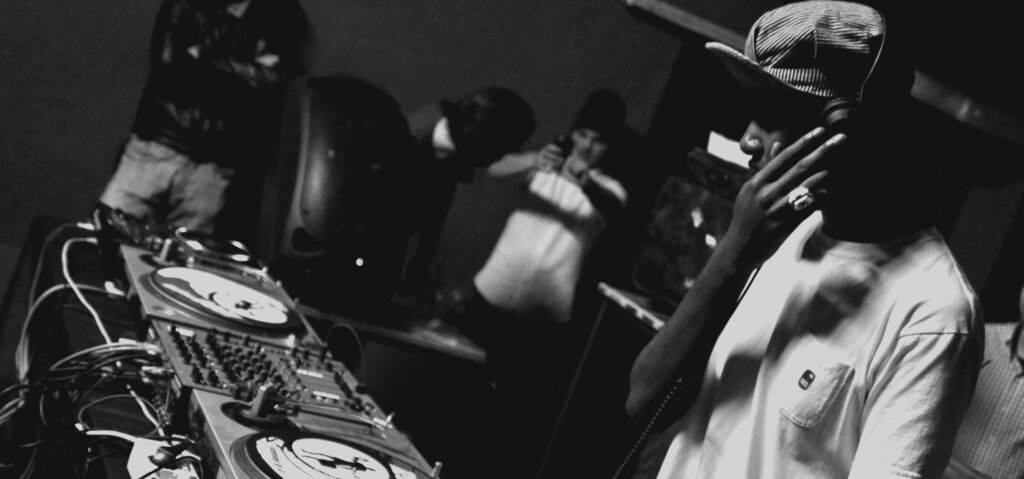Trap music, a term that’s resonated through the music industry’s corridors for years, has its roots deeply embedded in the Southern United States. But what exactly is it? How did it evolve into the global phenomenon it is today?
Let’s embark on a journey through the world of trap music, exploring its nuances and uncovering its mysteries.
The Birth of Trap Music
Emerging from the Southern United States during the early 1990s, trap music isn’t just a genre; it’s a cultural movement. The term “trap” paints a vivid picture of places where drug deals are conducted. This genre primarily focuses on life around the trap, with lyrics often delving deep into drug use, production, and selling.
However, it’s not just about drugs; trap music also encompasses life experiences, street life, and the struggles of achieving success amidst adversity.

T.I., often credited with popularising the term “trap music” with his 2003 album Trap Muzik, explained the meaning of the genre in an interview:
Trap music is a genre of music that speaks to the reality of what goes on in our culture. It’s not just about selling drugs, having money, or being flashy. It’s about the pain, the struggle, the hustle, the triumph, and everything in between.
Trap vs. Rap: The Distinctive Beat
While both trap and rap fall under the vast hip-hop umbrella, trap music has carved out its niche. It’s known for its incredibly fast tempo, often exceeding 170 beats per minute. The beats, characterised by synthesised drums, especially from the iconic Roland TR-808 drum machine, complex hi-hat patterns, and a heavy emphasis on bass, set it apart. The lyrical content, while retaining the essence of storytelling found in rap, is more focused on life in the trap, touching on themes like money, violence, and personal experiences.
Songs like Migos’ Bad and Boujee and Future’s Mask Off exemplify this distinctive beat and lyrical style.
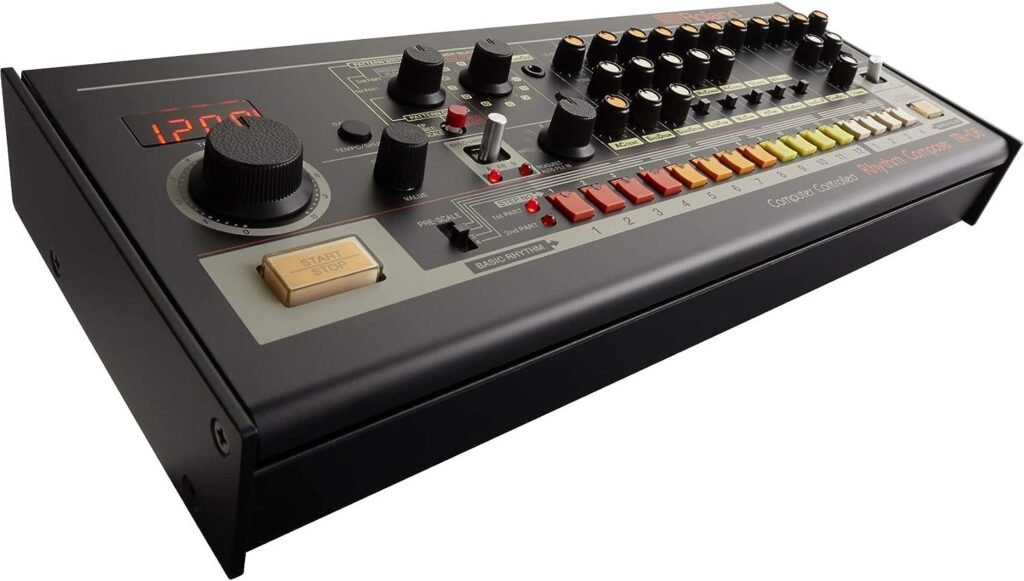
Trap Music: A Hip-Hop Prodigy
Trap music is indeed a subgenre of hip-hop, but it’s like the prodigious child who’s taken the family legacy to new heights. While it retains the foundational elements of hip-hop, trap introduces unique musical elements, especially in its beats and tempo, distinguishing it from traditional rap. Its rapid tempo, combined with gritty lyrics, gives trap music its unique flavour within the hip-hop genre.
Tracks like Cardi B’s Bodak Yellow and Travis Scott’s Sicko Mode showcase this evolution.
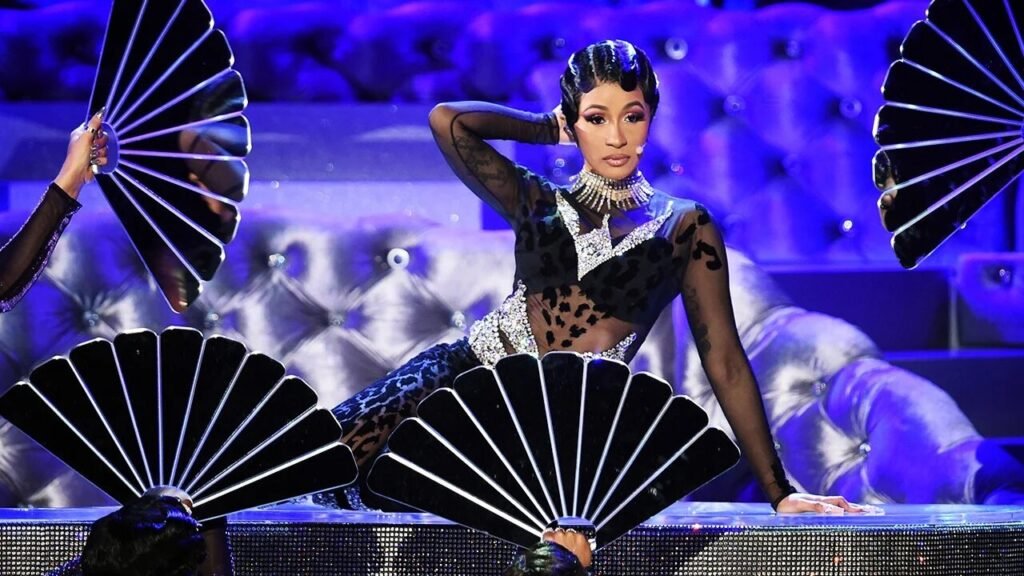
The Allure of Trap: Why We Can’t Get Enough
The allure of trap music lies in its raw energy, authenticity, and the ability to resonate with listeners. The beats are infectious, and the lyrics often tell compelling stories of life on the streets, making it relatable to many. Its rapid tempo and heavy bass drops create an adrenaline-pumping experience for listeners, making it a favourite at parties, clubs, and even on mainstream radio. Think of the energy in tracks like Hotline Bling by Drake or HUMBLE. by Kendrick Lamar.
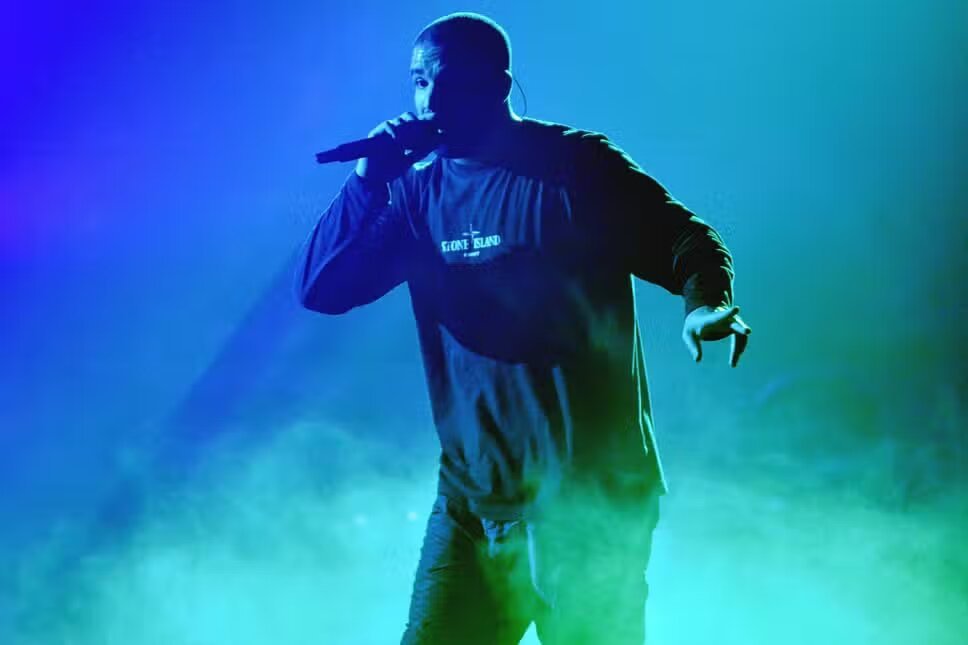
Drake, one of the most successful artists who incorporates trap elements into his music, shared his thoughts on why trap music is so appealing:
Trap music is just exciting. It makes you feel something. It makes you want to move. It makes you want to rap along. It makes you want to be part of that culture.
Trap Meets EDM: A Harmonious Fusion
In the 2010s, a fascinating fusion occurred. Trap music began influencing the Electronic Dance Music (EDM) scene, leading to the birth of EDM trap. This subgenre blends elements of electronic dance music with trap beats, creating a sound that’s both familiar and fresh. EDM trap incorporates techno, dubstep, and electro sounds with the iconic Roland TR-808 drum samples and trap rap vocals.
This fusion has led to hits like Where Are Ü Now by Skrillex and Diplo featuring Justin Bieber and Lean On by Major Lazer & DJ Snake.
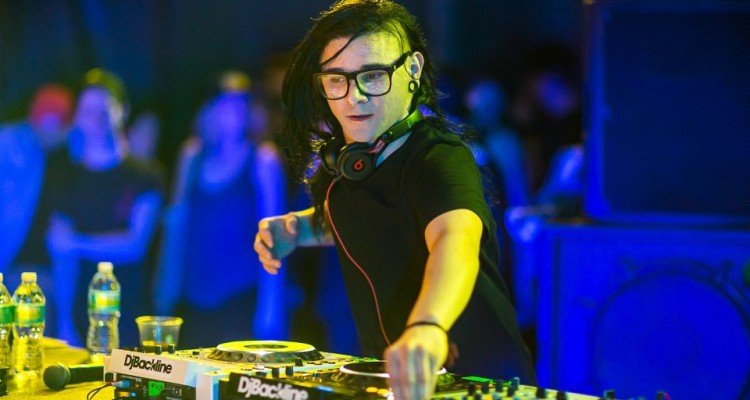
Skrillex, one of the pioneers of EDM trap who collaborated with Diplo to form Jack Ü, explained how they fused trap and EDM in their music:
We wanted to make something that was different from what we usually do, but still had our signature sound. We wanted to experiment with trapmusic, because we love the energy and vibe of it. We wanted to combine that with our electronic music and create something that was new and exciting.
Pioneers of Trap: The Artists Who Shaped the Genre
T.I.: Often credited with popularising the term “trap music” with his 2003 album “Trap Muzik.” He played a pivotal role in bringing trap music to the mainstream with hits like What You Know. Gucci Mane, Young Jeezy, Lil Wayne, and Rick Ross: These artists have been instrumental in popularising trap music, with hits like Gucci Mane’s Lemonade and Rick Ross’s Hustlin’.
Flosstradamus: A duo that became synonymous with the EDM version of trap music. They pioneered this fusion genre in the early 2010s with tracks like “Total Recall.” Cardi B, Migos, Future, and Travis Scott: These artists have taken trap music to new heights, with hits like Cardi B’s Bodak Yellow and Travis Scott’s Sicko Mode. Drake, Kendrick Lamar, and Post Malone: These artists have incorporated trap elements in their music, creating a crossover appeal for trap music. They have produced hits like Drake’s Hotline Bling and Post Malone’s Rockstar.
The Challenges of Trap: The Dark Side of the Genre
While trap music has gained immense popularity and acclaim, it has also faced its share of challenges and controversies. Some of the issues that trap music has encountered or generated are:
- The glorification of drug use and violence: Some critics have accused trap music of promoting a negative and harmful lifestyle, especially among young listeners. They argue that trap music normalises drug abuse and violence and encourages criminal behavior. For example, Lil Pump’s Gucci Gang has been criticised for its repetitive lyrics that mention drugs and luxury brands.
- The lack of diversity and representation: Some observers have pointed out that trap music is dominated by male artists and that female and LGBTQ+ artists are underrepresented or marginalized. They claim that trap music perpetuates gender stereotypes and homophobia, and that it needs to be more inclusive and diverse. For example, Young M.A., a lesbian rapper who rose to fame with her hit OOOUUU, has faced backlash from some male rappers who questioned her authenticity and sexuality.
- The legal troubles and tragedies: Some trap artists have faced legal issues or met tragic ends due to their involvement in the drug trade or violent conflicts. They have either been arrested, imprisoned, or killed as a result of their lifestyle or music. For example, Gucci Mane has been arrested several times on charges ranging from assault to murder. Pop Smoke, a rising star in the trap scene, was shot and killed during a home invasion in 2020.
The Future of Trap: Where It’s Heading Next
Despite the challenges and controversies, trap music shows no signs of slowing down. It continues to evolve and influence other genres, creating new sounds and styles. Some of the trends and directions that trap music is taking are:
- The fusion with other genres: Trap music is constantly experimenting with other genres, creating new subgenres or hybrids. For example, Latin trap is a subgenre that combines trap beats with Spanish lyrics and reggaeton influences. It has produced artists like Bad Bunny and Anuel AA. Country trap is another hybrid genre that blends trap elements with country music. It has spawned viral hits like Lil Nas X’s Old Town Road.
- The expansion to other regions: Trap music is spreading to other parts of the world, creating regional variations and adaptations. For example, UK drill is a subgenre that originated in London and features dark beats and violent lyrics. It has produced artists like Digga D and Central Cee. Afrotrap is another subgenre that emerged in Africa and incorporates African rhythms and languages.
- The innovation with technology: Trap music is embracing new technologies and platforms, creating new ways of producing and distributing music. For example, SoundCloud rap is a term that refers to a wave of trap artists who rose to fame through the online audio platform SoundCloud. They are known for their DIY aesthetic, low-fidelity production, and unconventional style. They include artists like XXXTentacion and Lil Uzi Vert.
The Global Impact of Trap
From its inception in the 1990s, trap music began its journey as a reflection of life in the Southern US. As it gained popularity, it started influencing other genres, most notably EDM. Today, trap music is not just confined to the United States; it has a global fanbase, with artists from different countries incorporating trap elements into their music, making it a universal language of beats and rhythms.
In Conclusion
Trap music, with its infectious beats and raw lyrics, has firmly established itself as a dominant genre in the music industry. Its influence can be seen in various other genres, and its global appeal is undeniable. From its humble beginnings in the Southern US to its global dominance, trap music’s journey is a testament to its universal appeal, the artists who have championed it, and the fans who can’t get enough. Dive deep into its beats, and you’ll find a world of stories, rhythms, and a cultural movement that’s here to stay.
